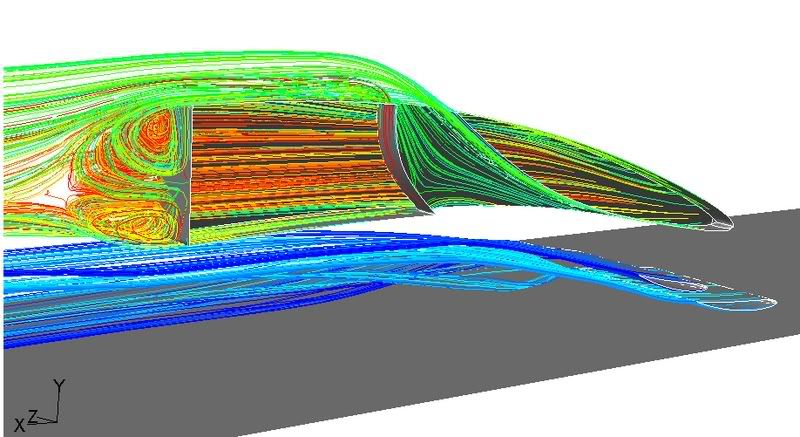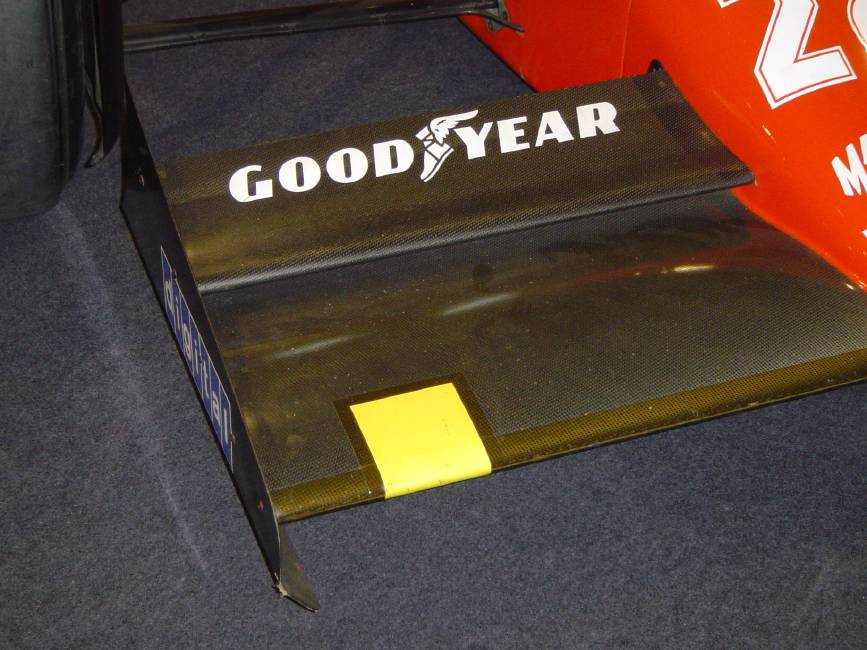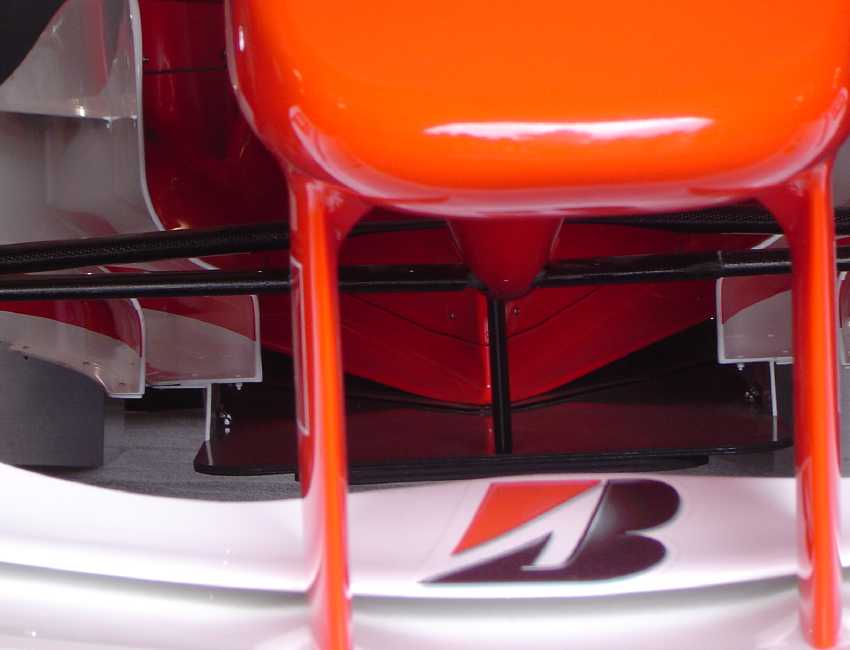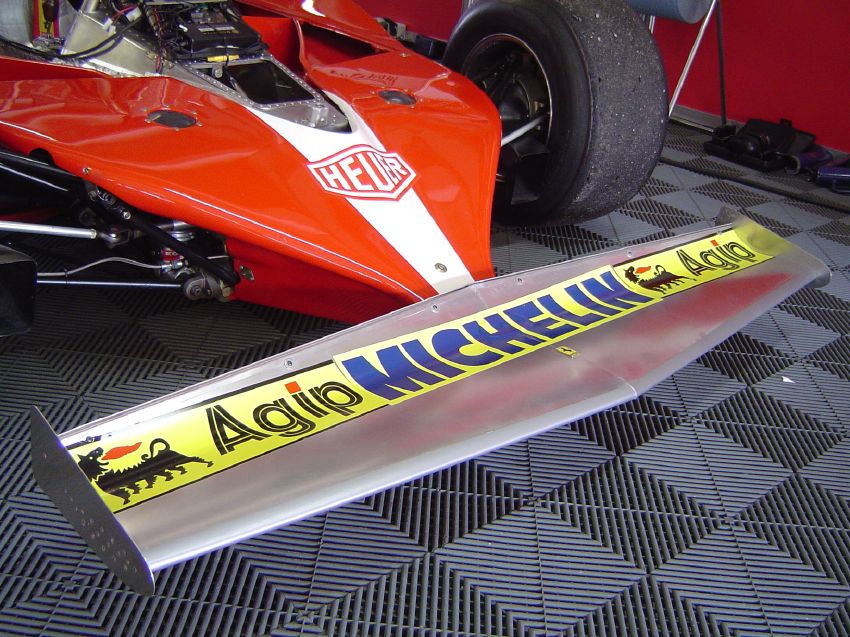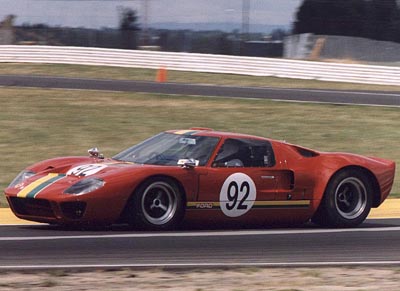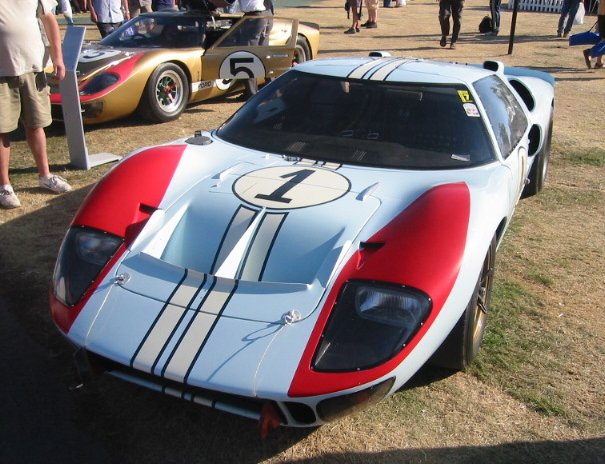As I've already mentioned I made such drawings years ago and sent them to scarbs since I knew no other referent f1technical site/person. He kindly replied me after some initial observation that it would disturb feeding of airbox. Perhaps scarbs still has those drawings, I've lost them. If he has them I hope he can post them here.MMUK wrote:I reckon going with the inverted aperture would be better, feeding more air under the car. Also, in the current setup the air could have a difficult time negotiating the current aperture angle, you'd have to have a favourable pressure gradient for it to want to go up the aperture.
Ill mesh and run any CFD models you have if required. Flow vis pics as well as numerical data will follow. It would have to include a simple front wing though, to gain a better understanding of the required onset angle onto the aperture.
It would be great if you could run some CFD on it. Can't wait to see and hear the results. Thanks in advance.


